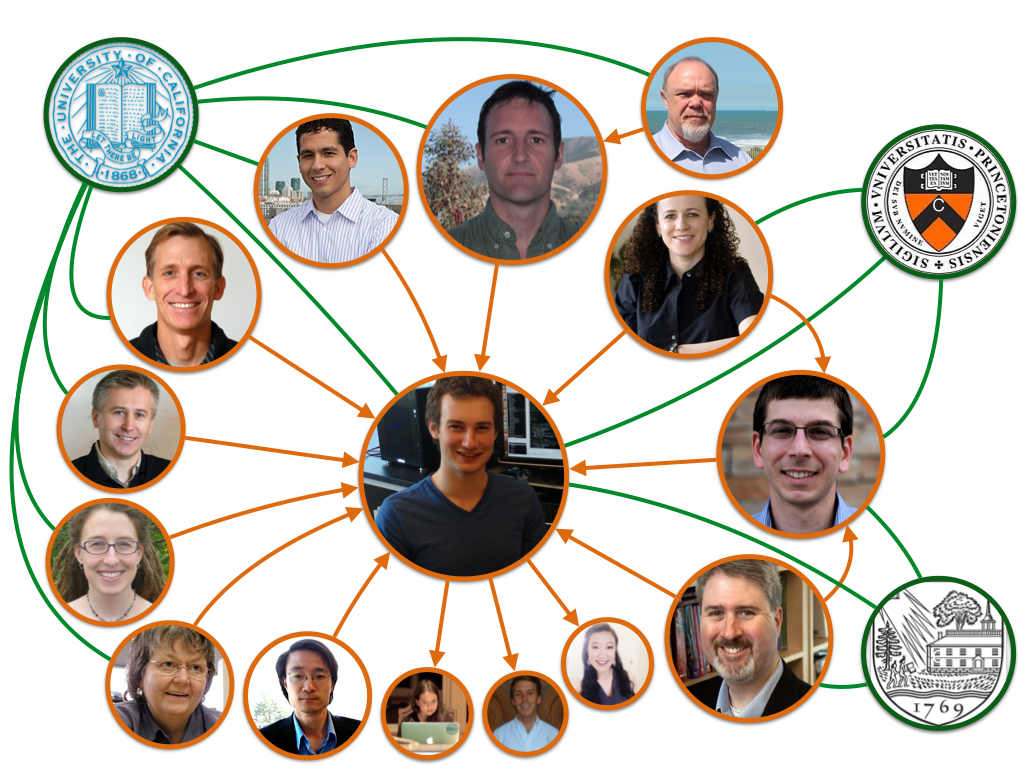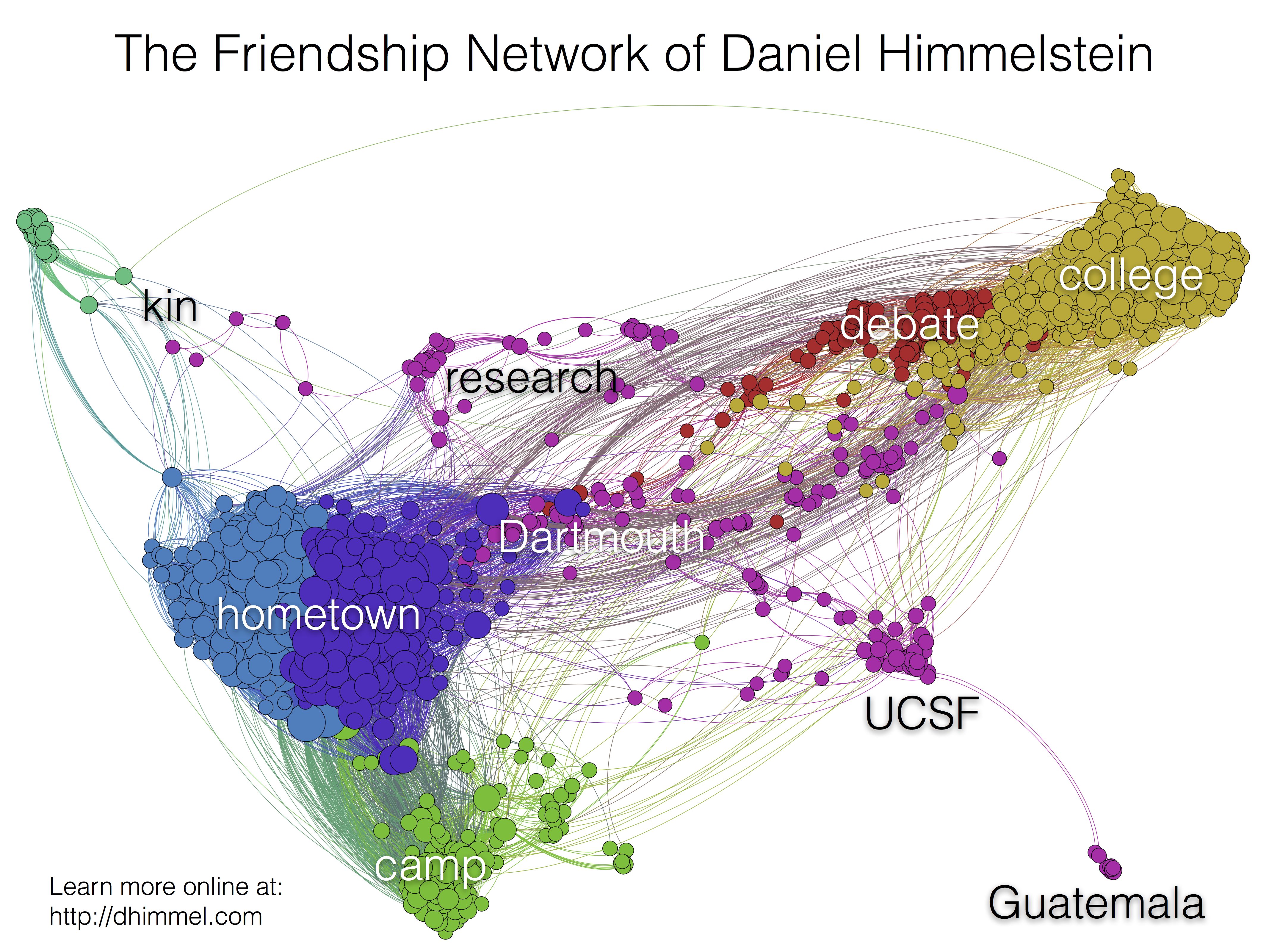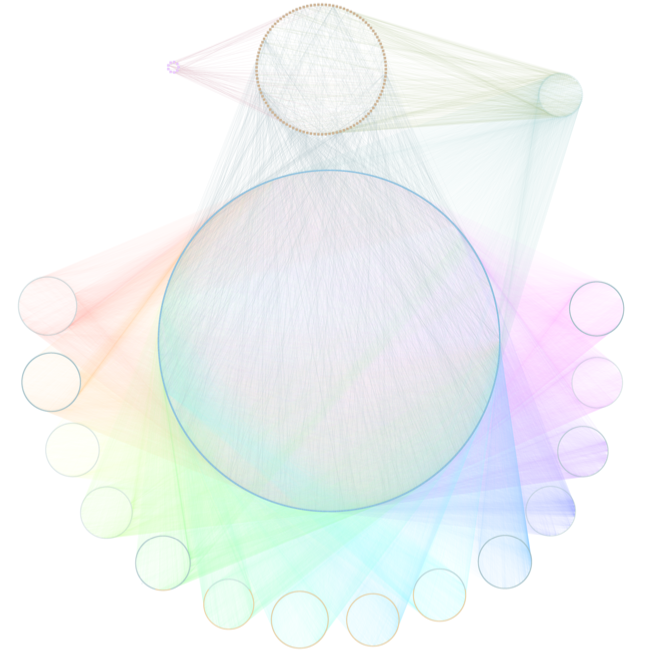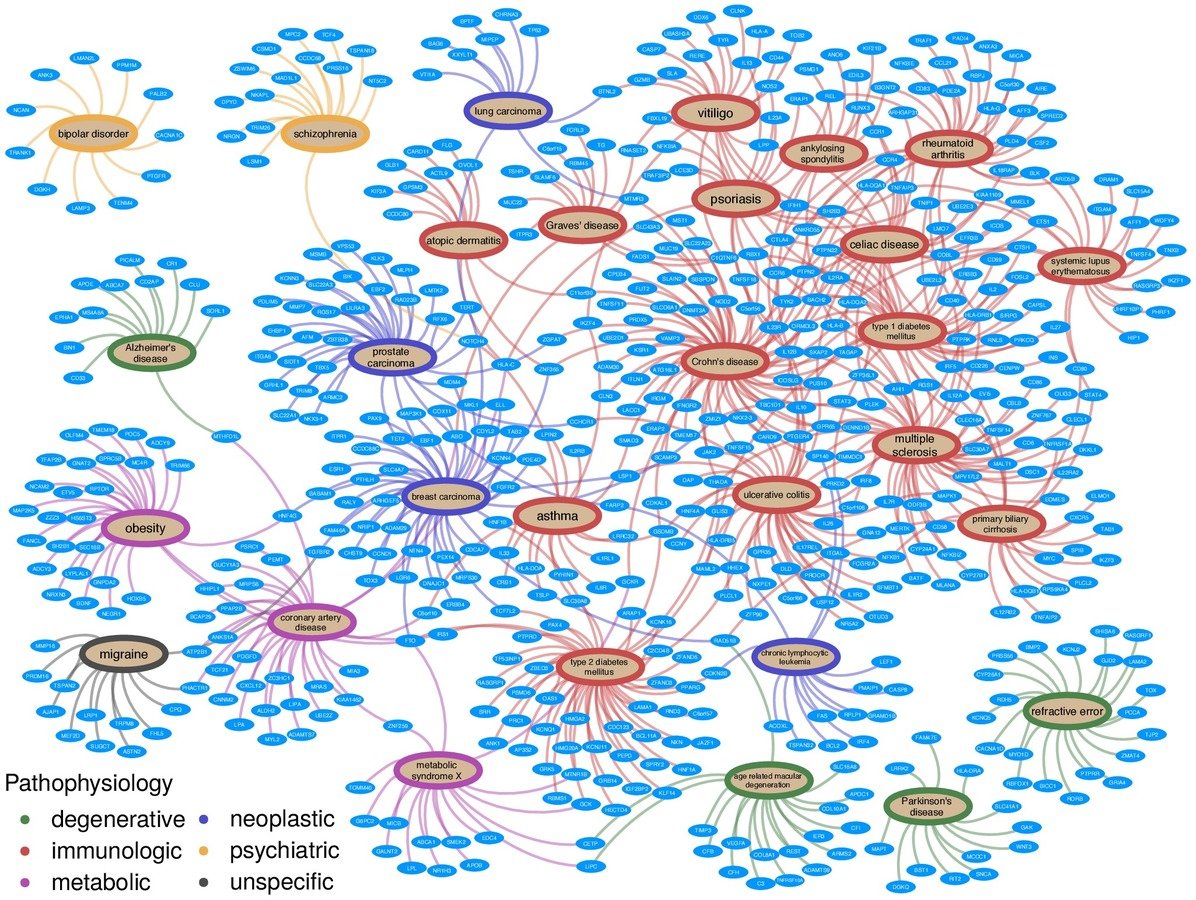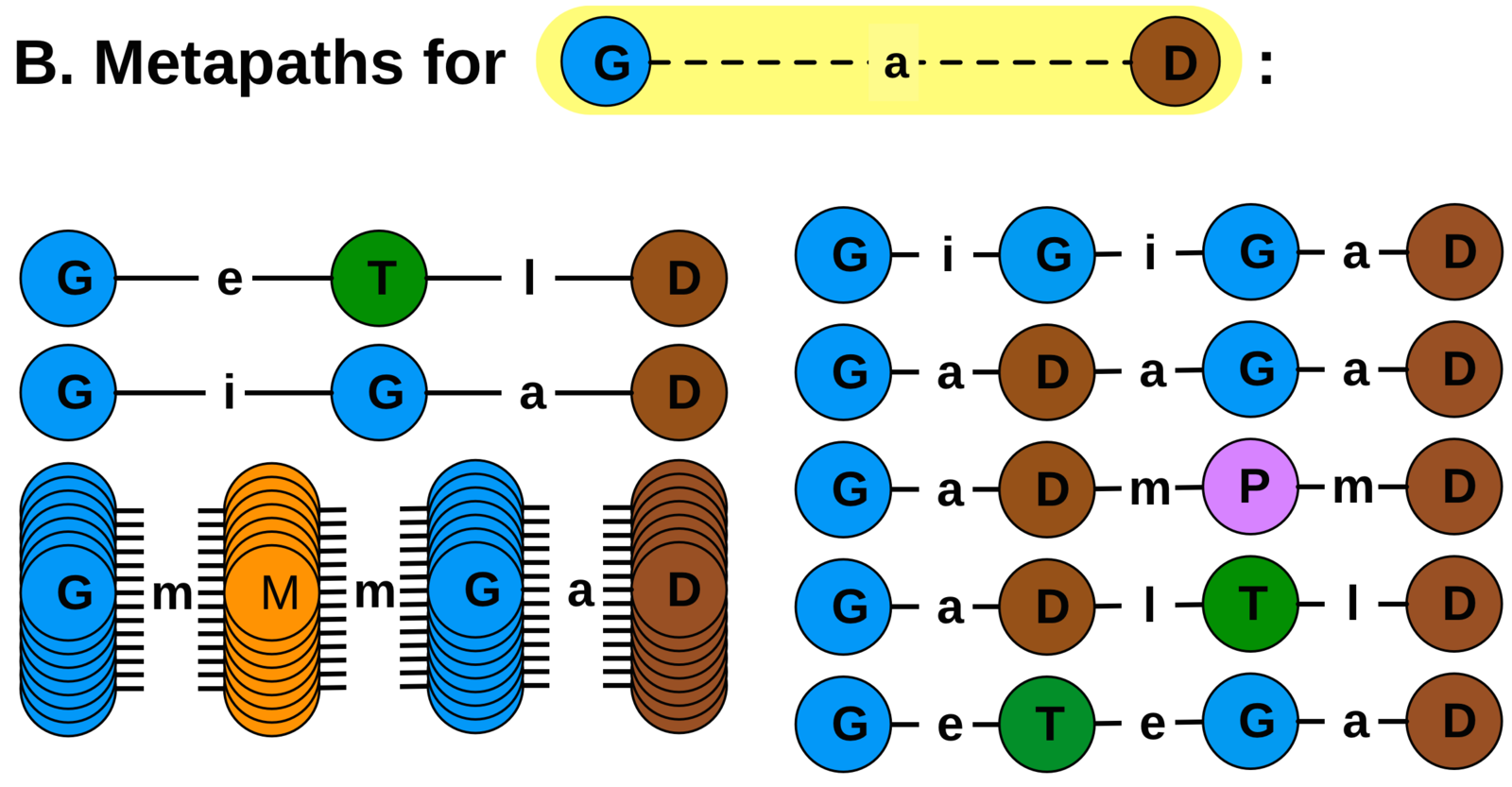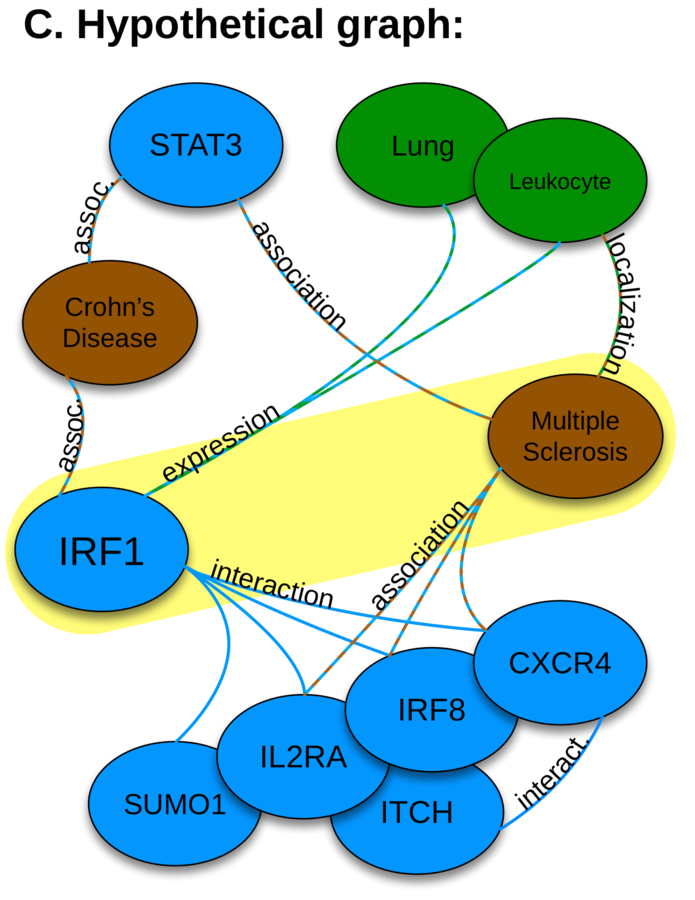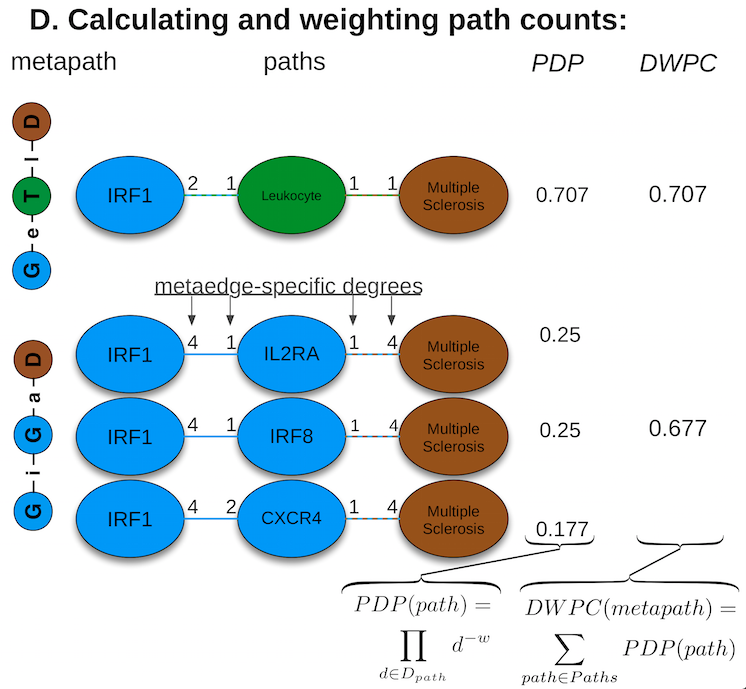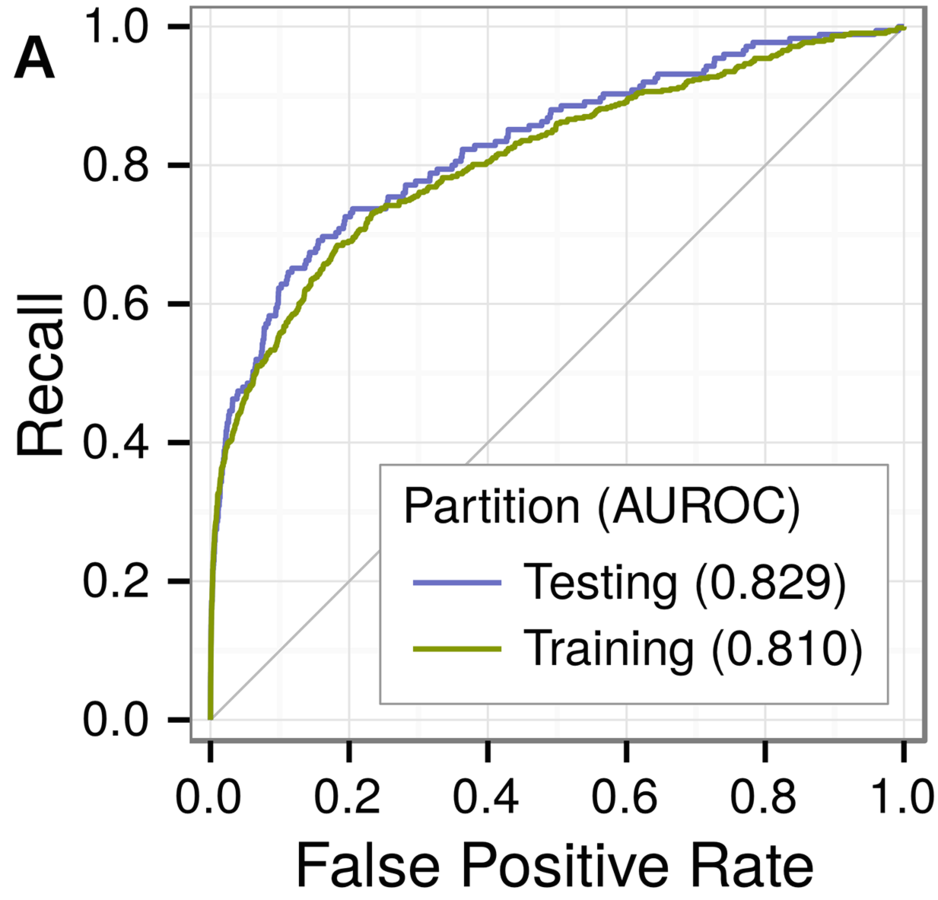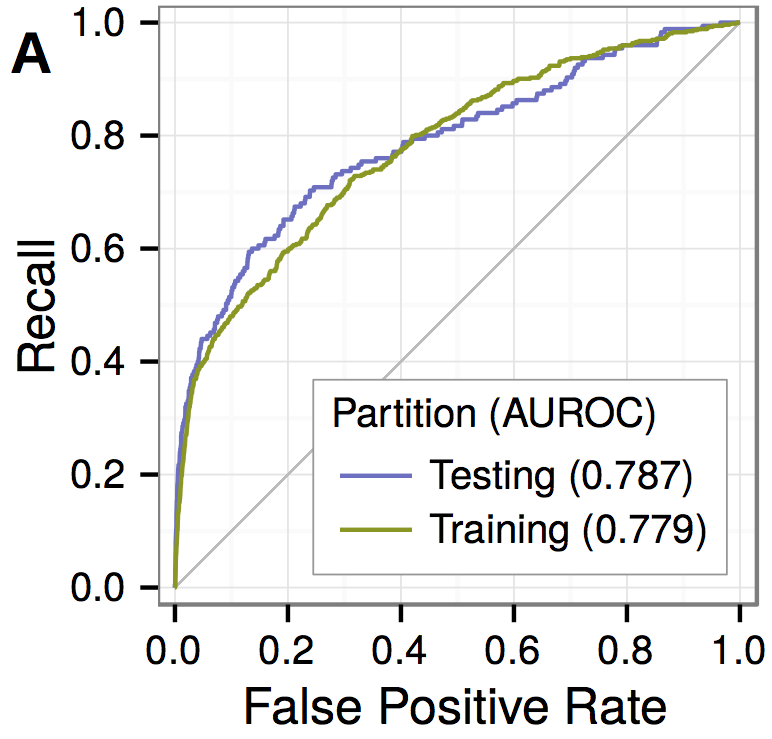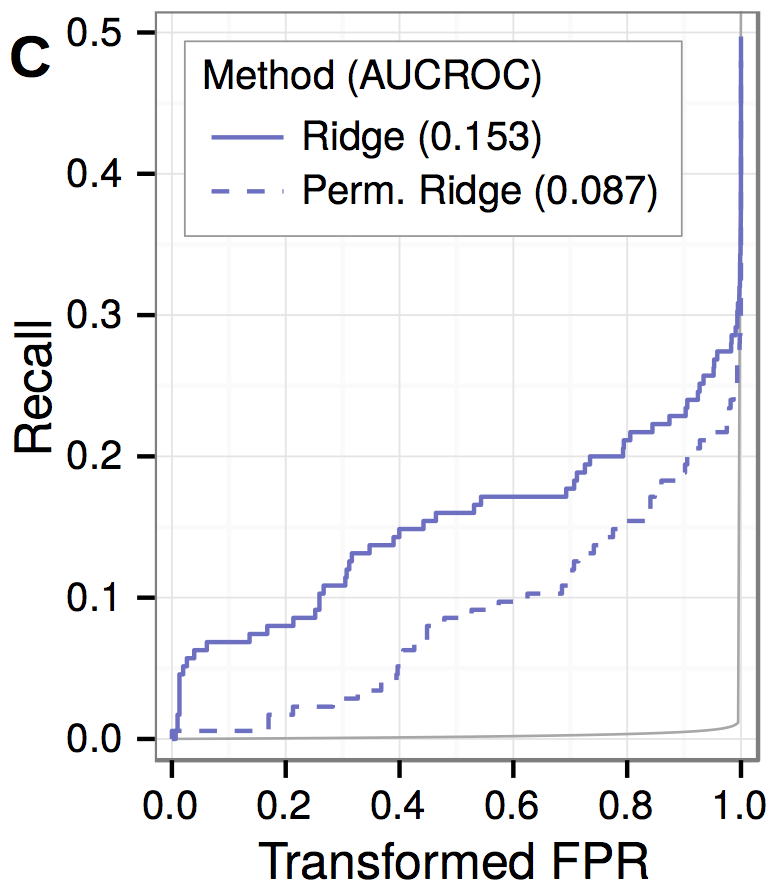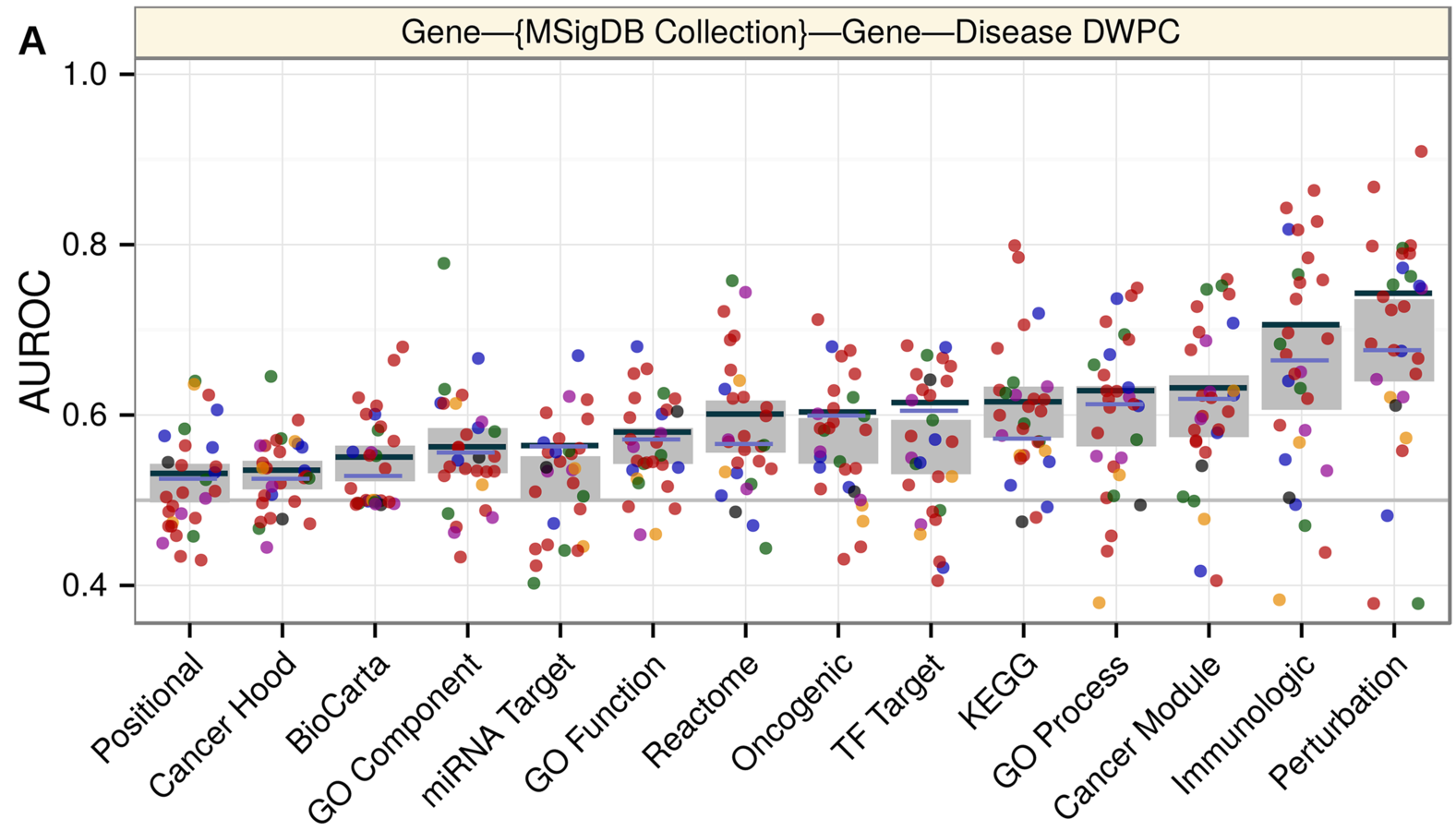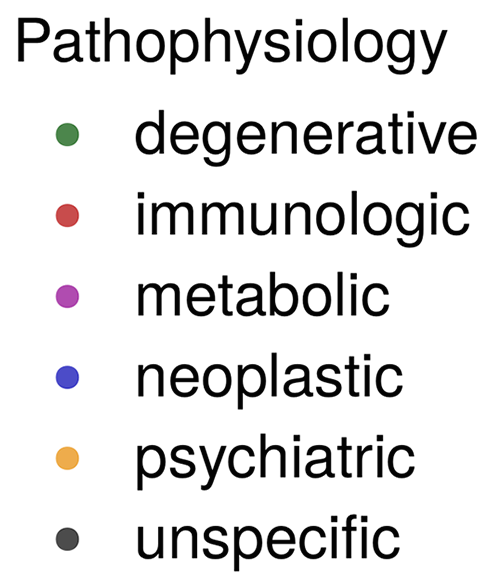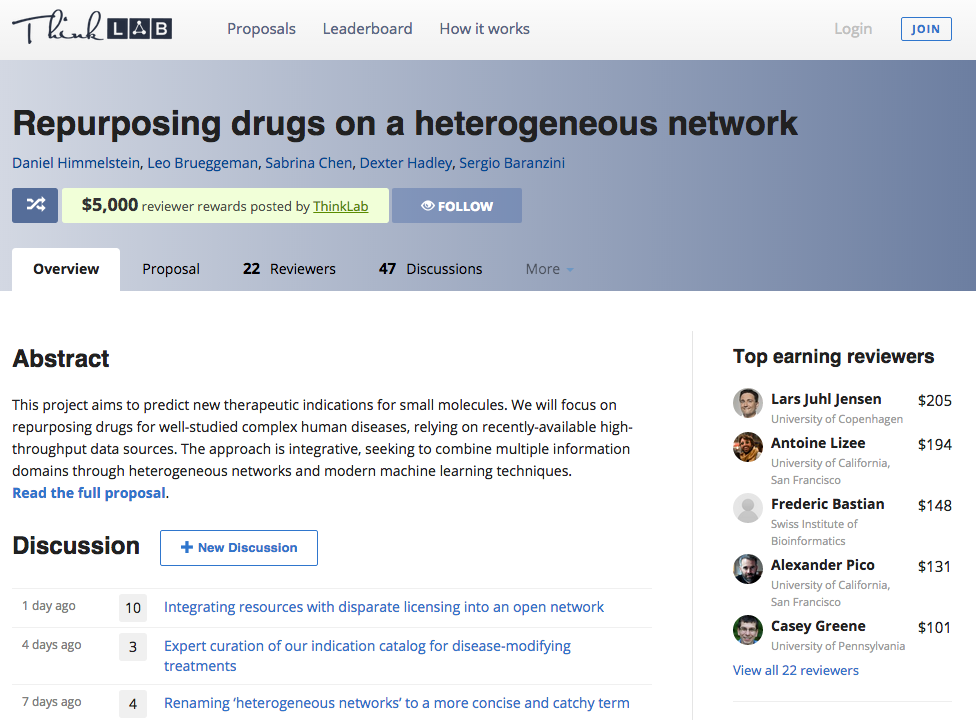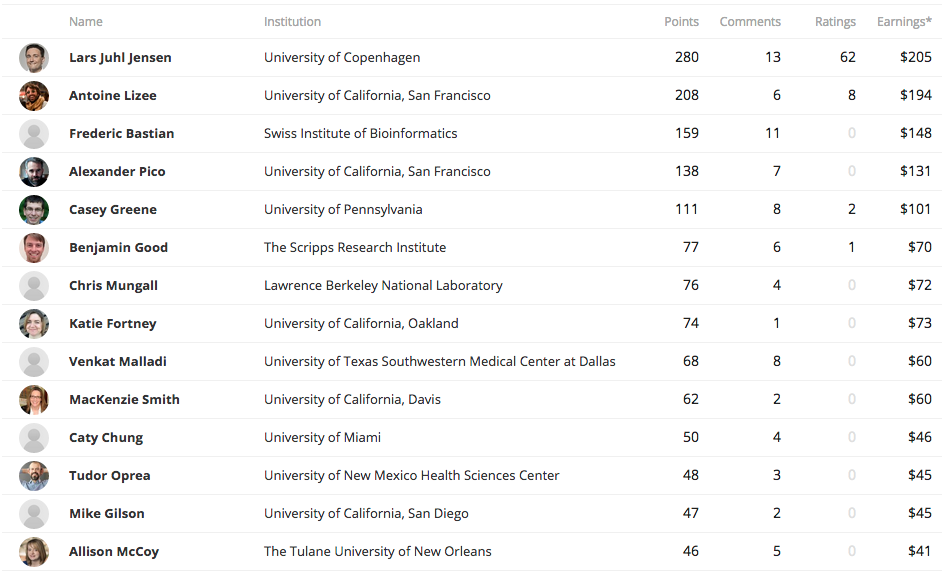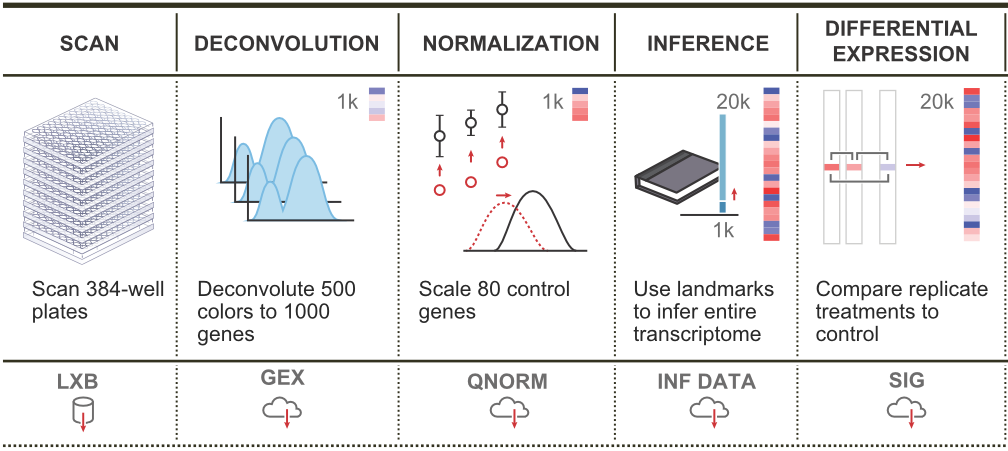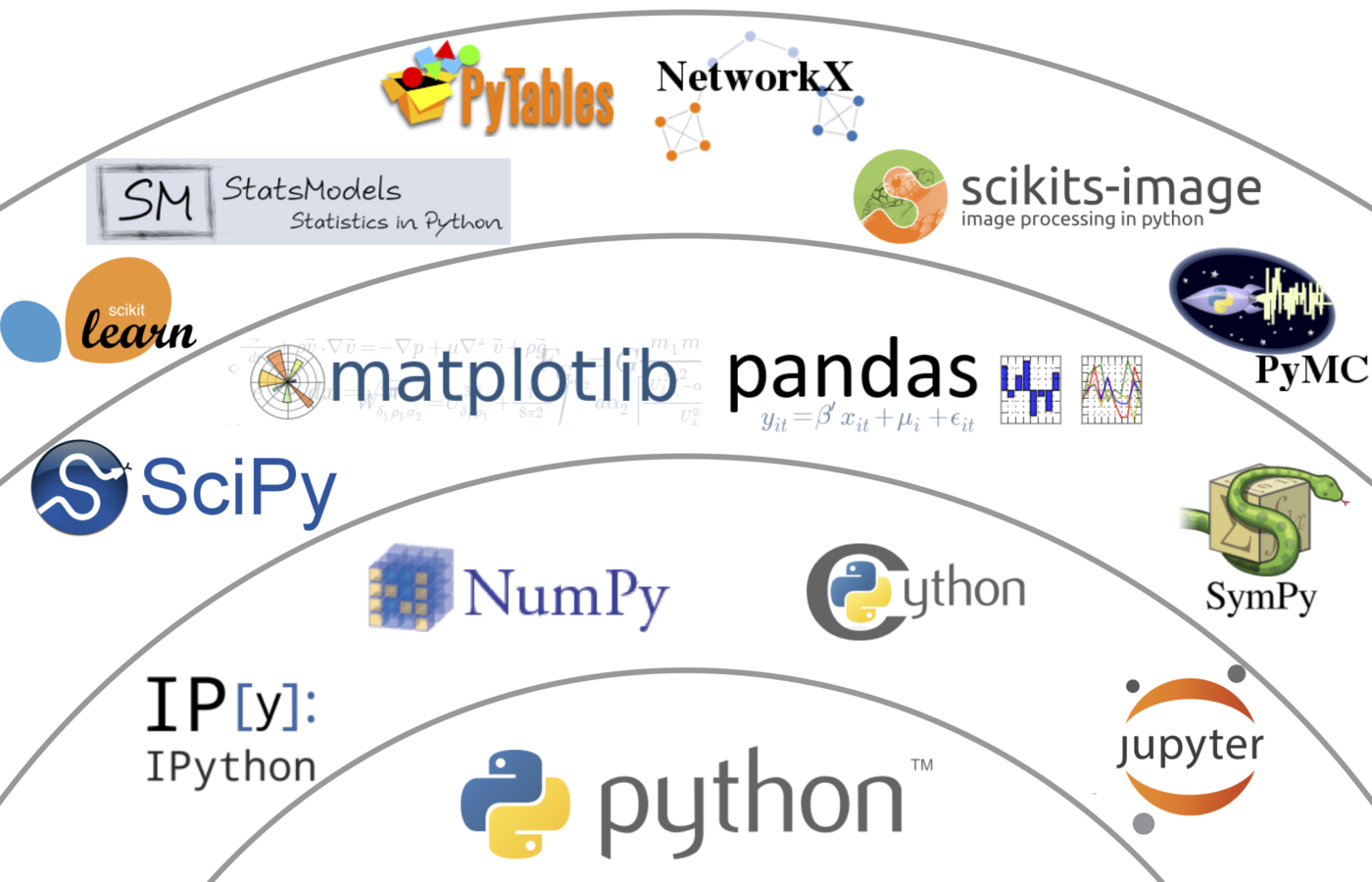Integrate all: hetnets in human disease.
September 24, 2015
Smilow 10-120, UPenn
dhimmel on:

Greene Lab Interview
—Daniel Himmelstein

Moore Lab Lunch
Jesse's Tavern
August, 2007

Sandler Neurosciences Center

Sergio
Hodgkin's lymphoma is genetically closer to autoimmune diseases than solid cancers
Founding Insight
-
context
bioinformatics → data explosion
-
goal
mine the data to advance human health
-
problem
high-throughput data tends to predict weakly
-
remedy
combine diverse datasets into a strong predictor
-
method
heterogeneous network (hetnet) edge prediction
predicting disease-associated genes
wealth of GWAS associations
integrate diverse data to provide context
network of pathogenesis:
- 18 metanodes
- 40,343 nodes
- 19 metaedges
- 1,608,168 edges
type is essential when operating on hetnets
metapath-based approach
feature extraction: the DWPC
learning to classify:
regularized logistic regression
performance and permuation
mechanisms of pathogenesis:
comparing gene set collections
mechanisms of pathogenesis:
comparing metapaths

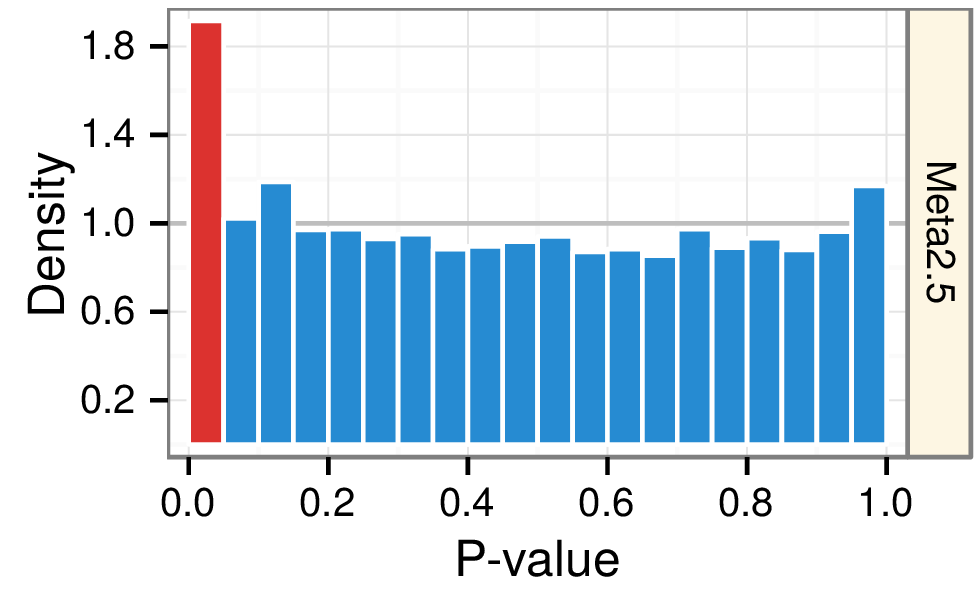

Predicting withheld MS associations
Novel MS associations
Extra Slides Below
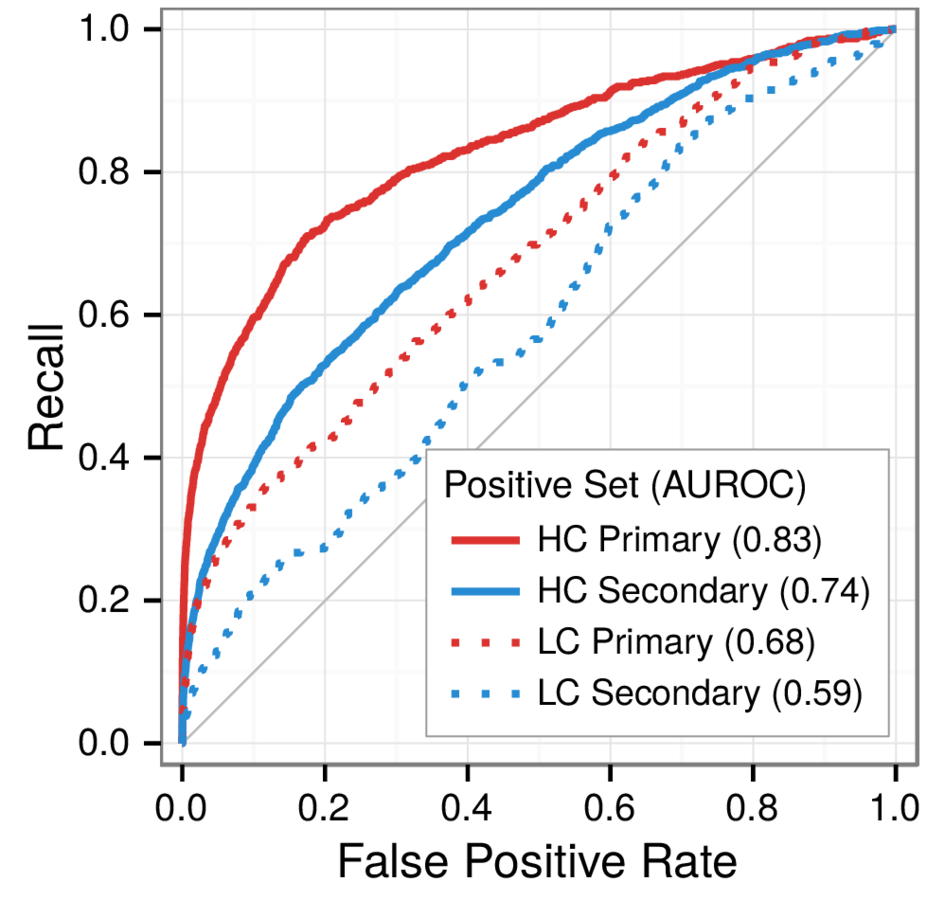
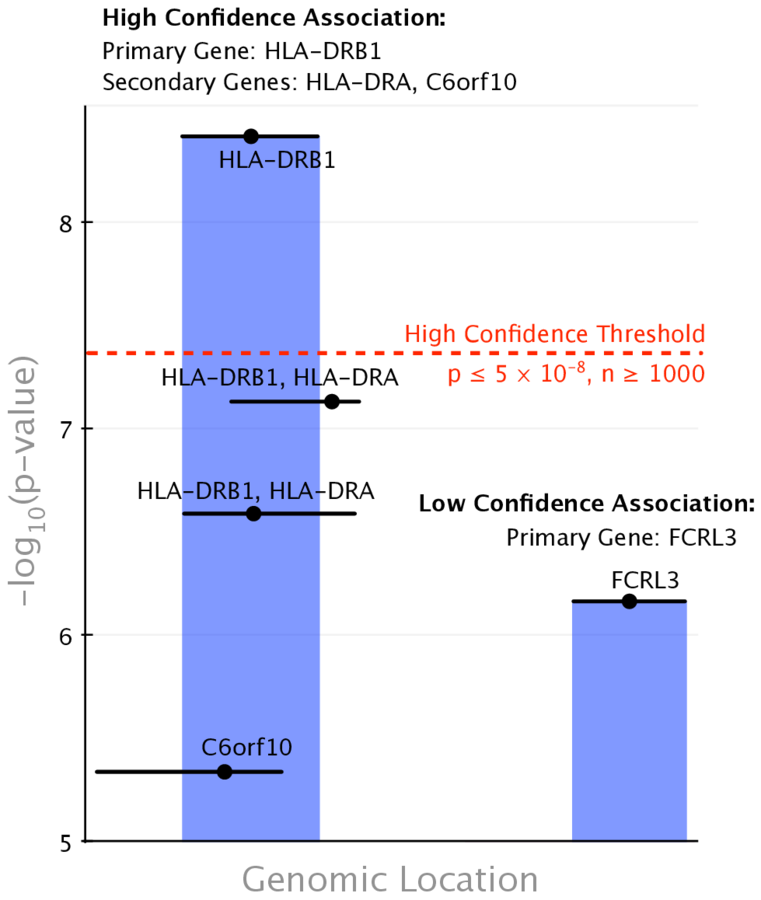
gene extraction from the GWAS Catalog
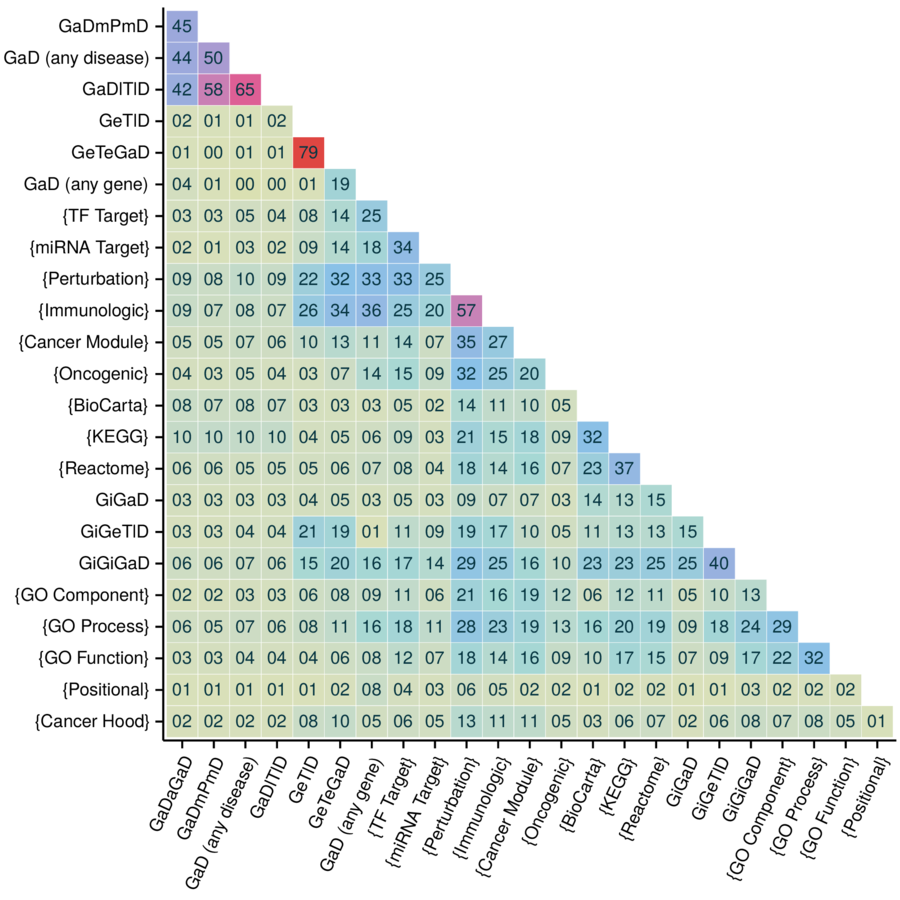
Feature redundancy
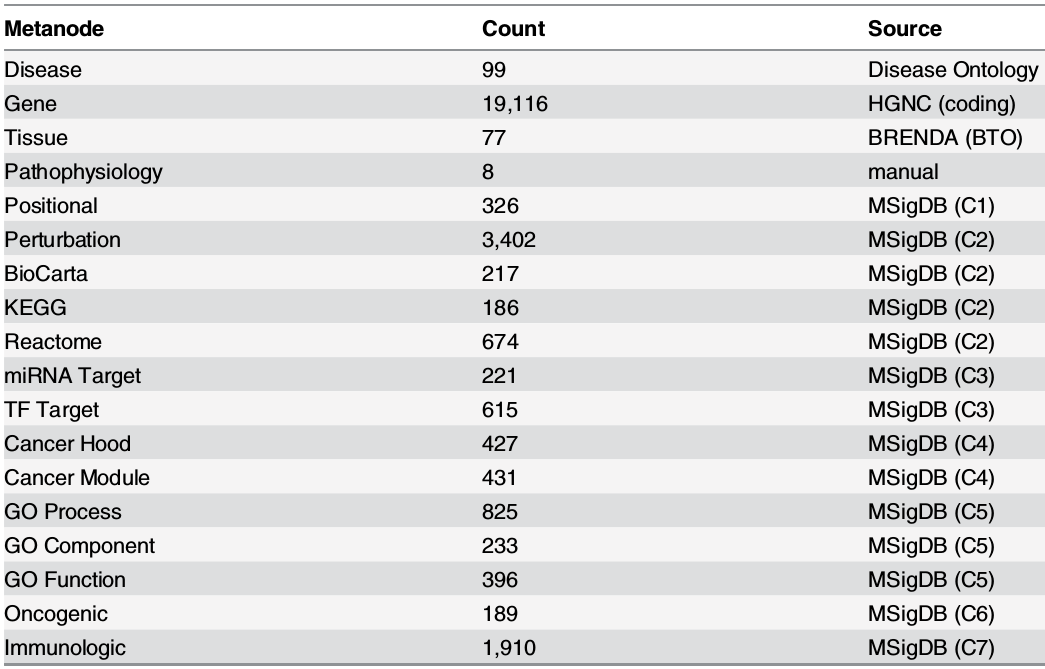
Metanodes (node types)
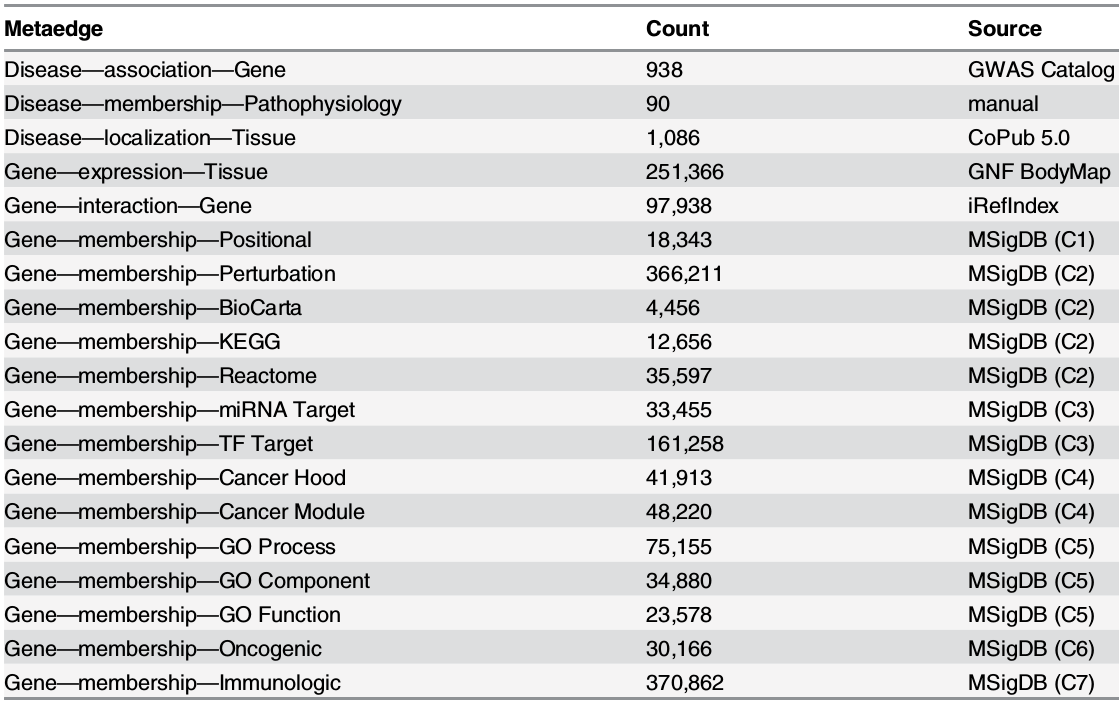
Metaedges (edge types)
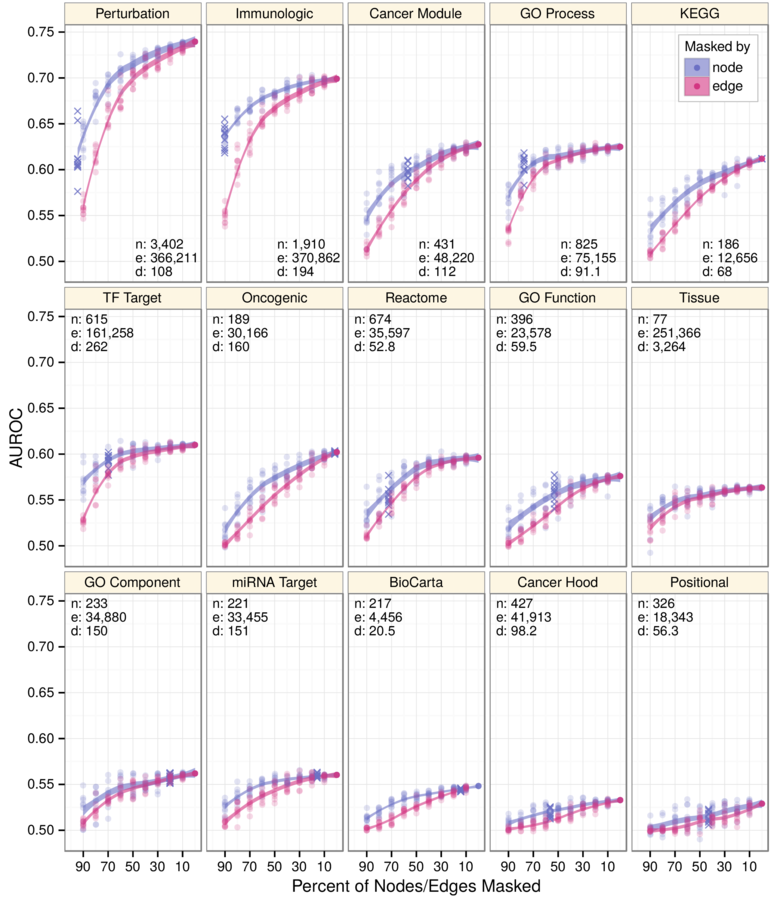
- robustness
Network subsampling
drug repurposing
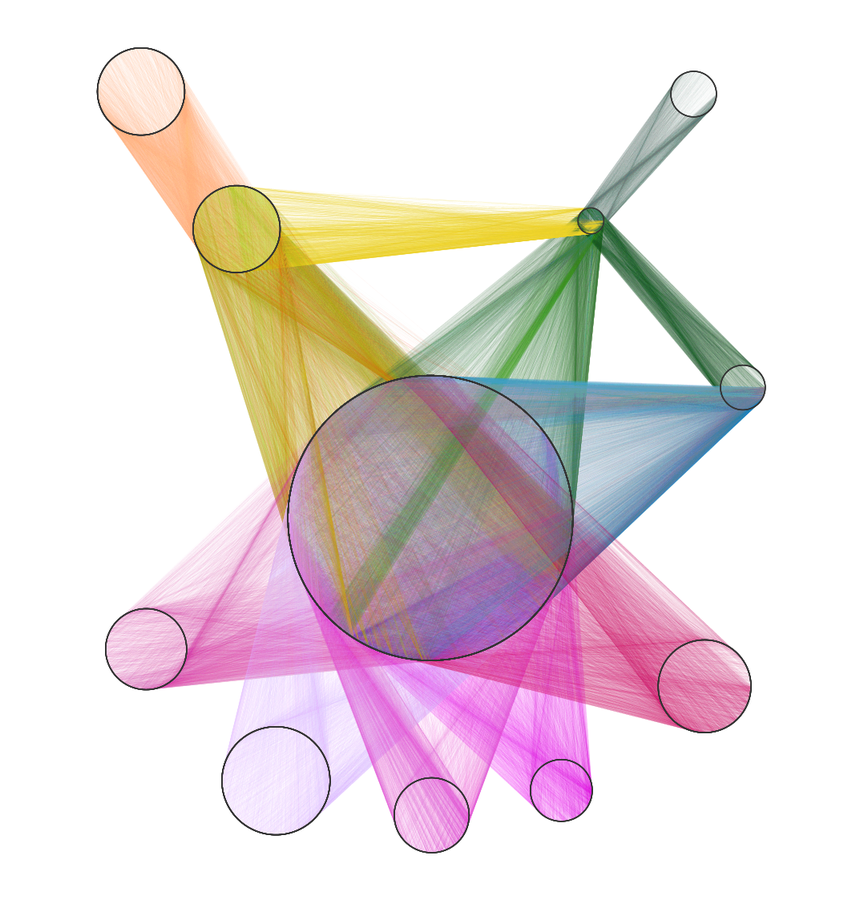
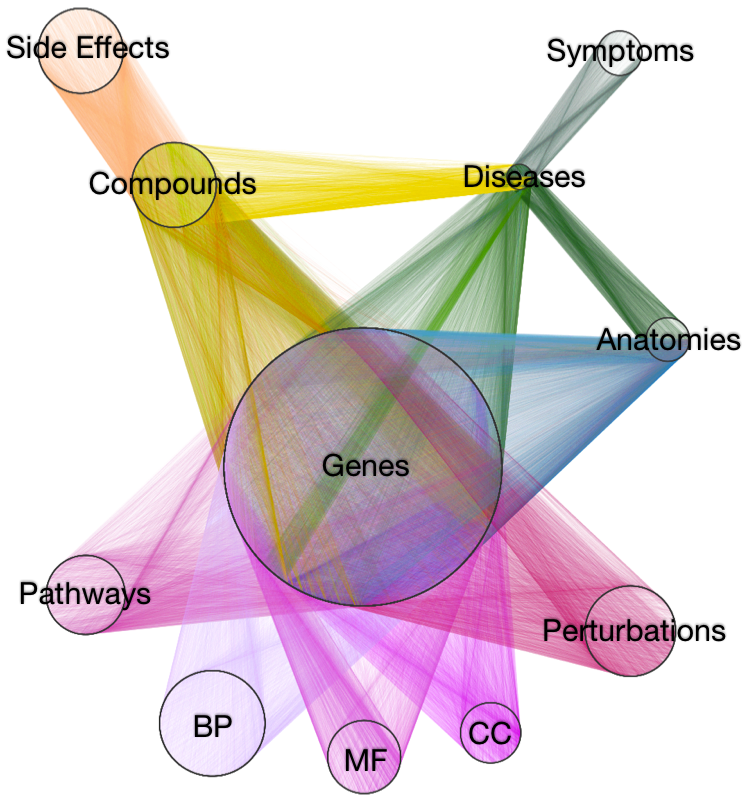
massively collaborative open science
22 reviewers, 47 discussions, 266 comments
Mining knowledge from 69 years of biomedical publication
Discuss on
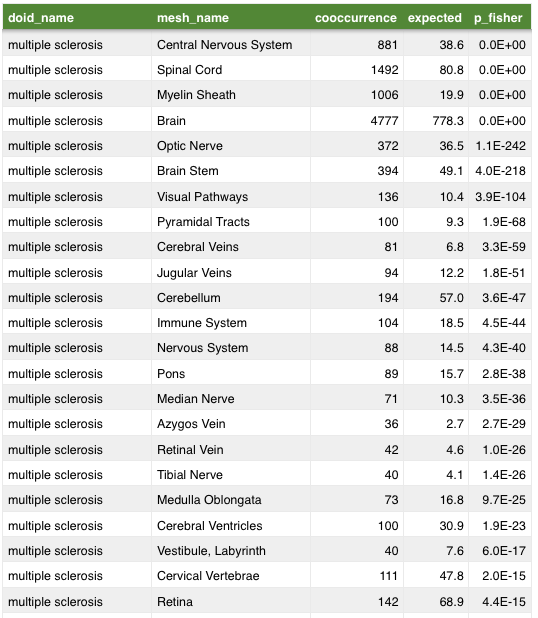

anatomy
symptom
Mining MEDLINE for disease context
LINCS L1000: ~20,000 small molecules
We combine all signatures for each DrugBank compound to get a consensus signature

Brueggeman
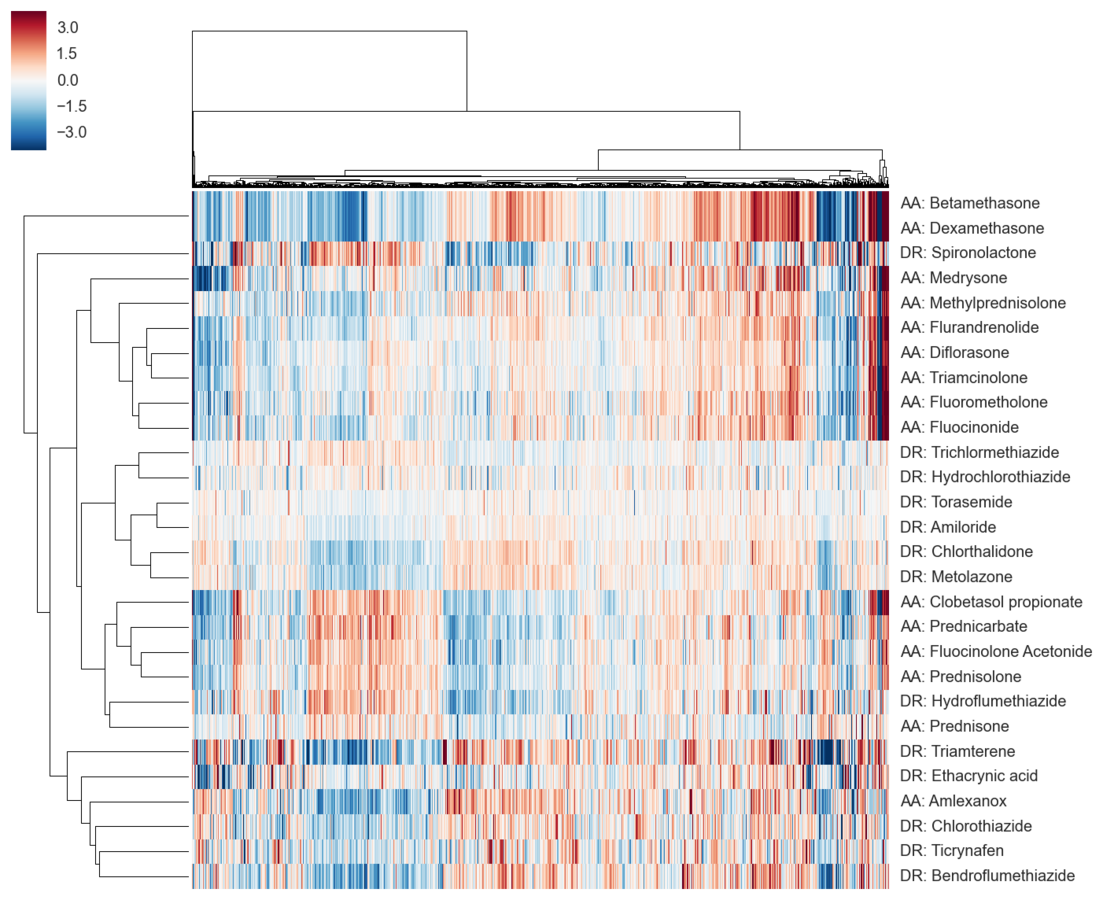
transcriptional signatures discriminate
diuretics (DR) & anti-Inflammatories (AA)
← genes →
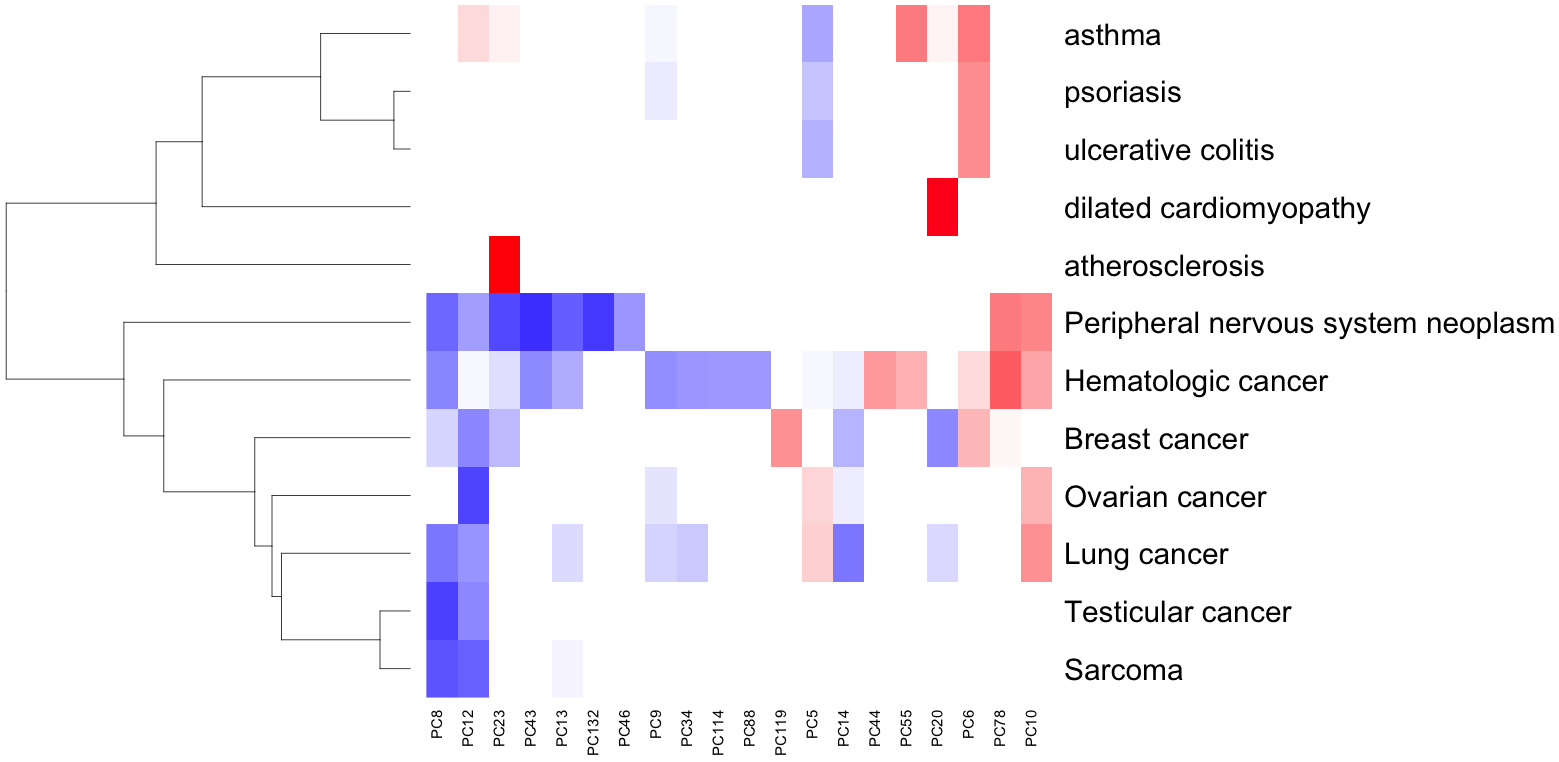
Disease-specific models uncover therapeutic signatures
-
MEDI-HPS:
- RxNorm
- MedlinePlus
- SIDER 2
- Wikipedia
- ehrlink: linked data from health records
- LabeledIn: expert and MTurk curated drug labels
- PREDICT:
- UMLS links
- drugs.com
- drug labels
catalog of indications
aggregated 4 databases:
yielding 1,388 indications
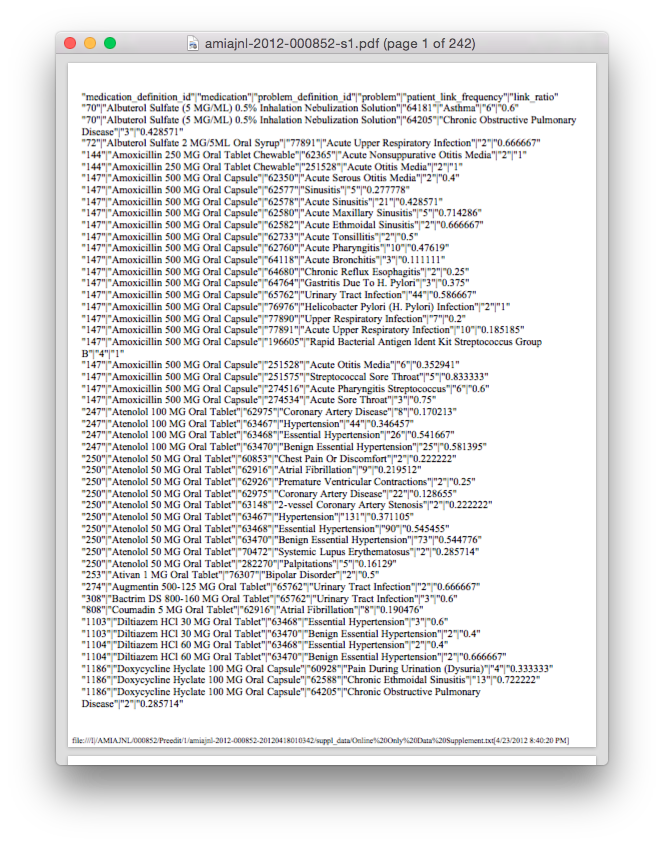
| drug | disease | ajg | csh | eq |
|---|---|---|---|---|
| Acetylsalicylic acid | systemic lupus erythematosus | DM | DM | 1 |
| Alprazolam | systemic scleroderma | SYM | SYM | 1 |
| Baclofen | multiple sclerosis | SYM | SYM | 1 |
| Bupropion | panic disorder | SYM | DM | 0 |
| Captopril | rheumatoid arthritis | NOT | NOT | 1 |
| Cisplatin | hematologic cancer | DM | DM | 1 |
| Cladribine | hematologic cancer | DM | DM | 1 |
| Clopidogrel | coronary artery disease | DM | DM | 1 |
| Cocaine | dental caries | NOT | SYM | 0 |
| class | ajh | csh |
|---|---|---|
| DM | 26 | 32 |
| SYM | 20 | 17 |
| NOT | 4 | 1 |
curation pilot results
- ~58% disease modifying
- ~37% symptomatic
- ~5% non-indications
- discuss on
66% ✓
legal forays of a modern biodata scientist
Network contains data from 28 resources:
- 12 lack any licensing information
- 10 use standard licenses
- 6 use custom licenses
- 3 resources are publication supplements
- 6 forbid commercial use
- 2 forbid any redistribution of the data
Project is open notebook and maximally reusable
After a 5000+ word discussion:
- identified a path to compliance that minimizes sacrifice
- suggestion: release your data under CC0
results

| metapath | nonzero | auroc |
|---|---|---|
| CcSEcCiD | 0.590 | 0.897 |
| CiDiCiD | 0.255 | 0.840 |
| CiDaGaD | 0.411 | 0.820 |
| CtGtCiD | 0.227 | 0.807 |
| CiDpSpD | 0.410 | 0.801 |
| CiDlAlD | 0.400 | 0.797 |
| CtGiGaD | 0.335 | 0.710 |
| CuG<kuGaD | 0.425 | 0.692 |
| CtGvD | 0.009 | 0.514 |
Results for all metapaths ≤ length 3
feature performance
(including symptomatic indications)
model
lasso auroc = 0.967
collinearity
subset of all 261 features
hetnets
- data integration
- scalable
- intuitive
- edge prediction
- disease-associated genes
- drug indications
- powerful
- upfront integration cost
- subsequent convenience
>>> import phd
